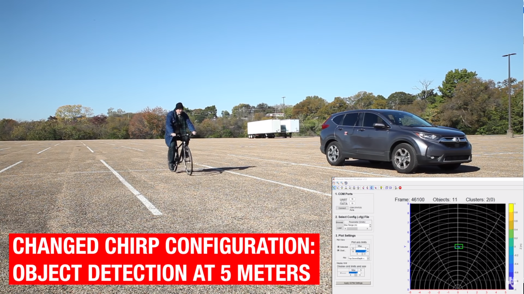
Millimeter wave radar provides a highly accurate sensing method for automotive and industrial applications. It can provide insightful object information, such as distance, angle and speed, so as to realize a more intelligent sensing solution for detecting objects in the range of several centimeters to hundreds of meters.
Generally, the radar sensor is installed on a printed circuit board (PCB) composed of radar transceiver, antenna, power management circuit, memory and interface peripherals. The antenna on the PCB needs to use high-frequency substrate material, such as the silver material Rogers r0303 shown in Figure 1.
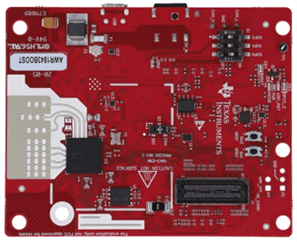
Figure 1: radar sensor with antenna on PCB
Encapsulated antenna (AOP) technology eliminates the need for high-frequency substrate materials, and reduces cost, manufacturing complexity and about 30% layout space. Ti's AOP technology uses flip chip packaging technology to place the antenna on a non plastic encapsulated substrate to prevent the loss of efficiency and stray radiation caused by the antenna passing through the plastic encapsulated material. Using a multilayer substrate can further reduce the size of the circuit board and make it easier for the antenna and the silicon wafer to overlap.
The awr1843aop device directly integrates the antenna onto the packaging substrate, as shown in Figure 2.

Figure 2: Ti radar sensor with AOP technology
Using AOP technology can achieve the following advantages:
Reduce overall dimensions.
Reduce BOM costs.
There is no need to design, simulate and adjust antenna performance, so as to reduce engineering cost and accelerate product time to market.
The power loss is reduced by shortening the wiring from the device to the antenna.
How AOP improves external near field sensing applications
Automobile manufacturers tend to provide some automation features other than ADAS, such as automatic opening of doors and trunk. This feature requires a high-resolution sensor to detect different types of objects to avoid collision when opening the door and trunk.
Ti's awr1843aop millimeter wave radar sensor is used for near-field sensing applications and carries out three-dimensional detection through a low-power single-chip solution integrating AOP technology. This highly integrated sensor is small enough to be installed in the space of door handle, foot pedal and B-pillar. In addition, the high range resolution of awr1843aop enables it to detect objects of any size, shape or structure.
Detect multiple static objects
Awr1843aop operates in the bandwidth of 76ghz to 81ghz, and its distance resolution is less than 4cm. By combining the characteristics of wide field of view and high range resolution, it can detect and distinguish multiple static objects at the same time. As shown in Figure 3, the awr1843aop Evaluation Kit is installed on the door 43cm above the ground, and the traffic cone is marked as a red cube in the graphical user interface, because the door will touch it when it is opened. The metal rod farther from the sensor is marked green because the door will not touch it when it is opened.
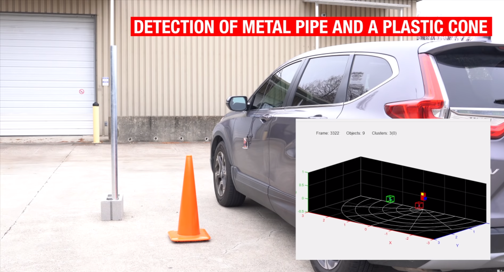
Figure 3: test the plastic cone mark located in the impact area and the metal rod located outside the impact area
Detect low altitude objects
The door obstacle detection sensor needs a solution with three-dimensional vision ability to prevent collision with objects below the height of the sensor. Other sensing technologies, such as time of flight and ultrasound, may not be able to detect objects far below or above the height of the sensor, and they do not provide a reliable solution for detecting low altitude objects such as bollards and curbs. Camera based solutions can detect low altitude objects, but they are not reliable in bad weather conditions such as rain and snow. Awr1843aop device can detect low altitude objects in azimuth and elevation planes. Millimeter wave radar sensors are also suitable for severe weather conditions. Figure 4 shows the detection of cinder blocks used as low height kerbs using the awr1843aop evaluation module (EVM).
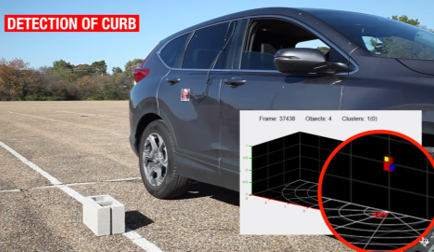
Figure 4: detection of low height curb using TI's awr1843aop EVM
Detect objects with small surface area
Objects such as bicycles and shopping carts are difficult to detect because of their shape and structure. However, with high range resolution and wide field of view, awr1843aop can detect objects with small surface area, as shown in Figure 5.
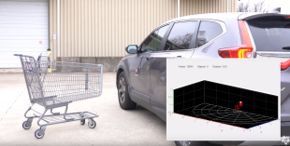
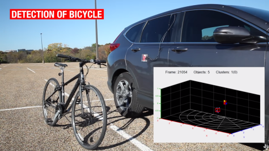
Figure 5: detection of objects with small surface area using awr1843aop EVM
Multimode characteristics
AWR1843AOP has a multimode programmable digital signal processor, allowing you to reconfigure simultaneous interpreting of multiple sensors. For example, you can use the awr1843aop device as an obstacle detection sensor (for automatic door opening) and a side view radar sensor (for detecting objects in the blind spot area when the car is driving). Despite the implementation of a variety of sensing applications, this versatility can still reduce the system cost. Figure 6 shows the detection of riders at a distance of 5m using a door obstacle detection sensor.
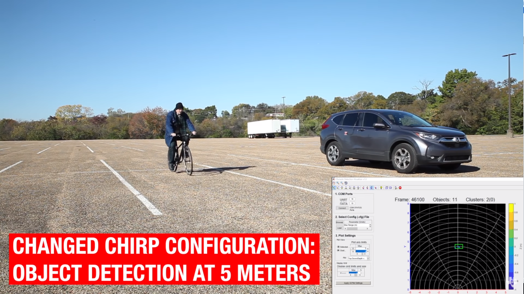
Figure 6: detection of riders at a distance of 5m using a door obstacle detection sensor
Ti's AOP technology supports flexible placement of sensors in new positions, such as door handles. The 77GHz awr1843aop sensor can accelerate time to market and reduce system level costs for door obstacle detection, trunk obstacle detection, basic blind spot detection and parking assistance.